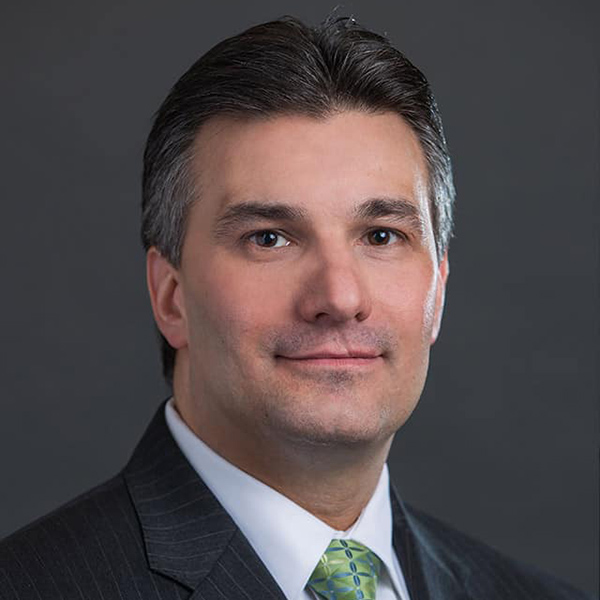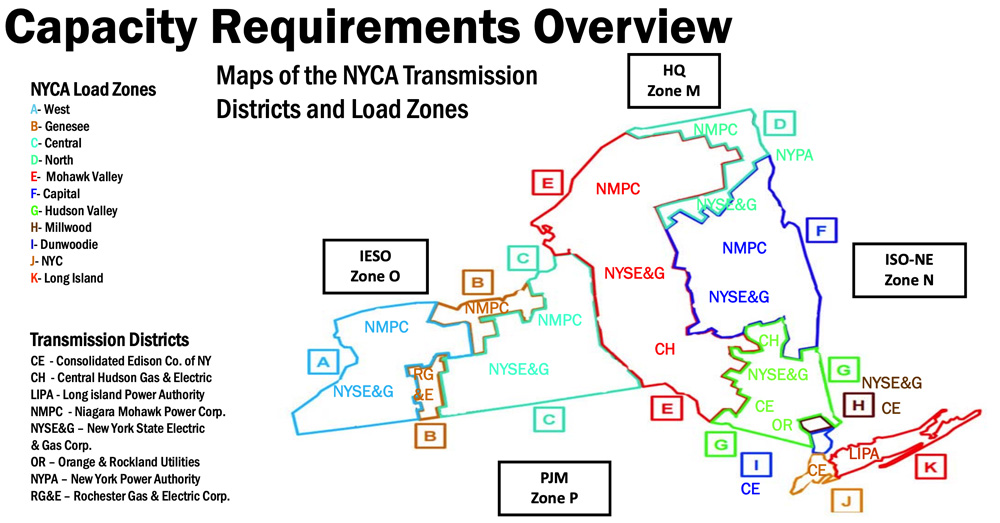SPP Reaches out to Public Interest Organizations
Faced with a rapidly evolving grid’s continued focus on decarbonization and a resource mix to match, SPP is working to strengthen its relationship with public interest organizations (PIOs) and the interests they represent.
Staff told the Corporate Governance Committee (CGC) on Thursday that they have held two meetings this year with PIOs and stakeholders to discussion the grid operator’s governance structure and their straw proposals.
The subjects have included expanding qualifications to sit on the Board of Directors and the Nominating Committee’s search criteria; eliminating membership withdrawal deposits for PIOs; adding even more transparency to SPP meetings; and providing a role for Western regulators before their utilities become RTO members.
“I’m encouraged by the nature of the conversations that are taking place,” board Chair Larry Altenbaumer said.
Staff said they find PIOs offer value to SPP because they have “an unbiased perspective” in reviewing policy and market design proposals that serve the larger interests and because they tend to be actively engaged in state, regional and interconnection-wide generation, and regional market and transmission planning forums, particularly in the Western Interconnection.
Their participation is motivated by the end state of evolving market design and rules to support future technology. SPP says a decarbonized grid is essential and the evolving grid’s economics warrant change, including regional coordination of energy needs.
“We’re very, very encouraged with the past few months and very, very encouraged by the items under consideration,” said Kylah McNabb, an energy consultant representing the Sustainable FERC Project. “We do understand it’s a process. Taking a look at these items is the start of a larger conversation that will take place in coming weeks.”
McNabb indicated to the CGC that her organization is all but certain to soon submit its membership application to SPP. The organization, based in Oklahoma City, is a partnership of state, regional and national environmental and other PIOs working to expand clean energy’s deployment and to reduce and eventually eliminate carbon pollution from the power sector.
SPP currently has only one PIO member in the Lignite Energy Council. However, that sector could grow should the RTO reclassify alternative power members Advanced Power Alliance (APA) and American Clean Power Association, the grid operator’s newest and 110th member, as PIOs.
Western Resource Advocates, which spoke for consumers during SPP’s failed bid to integrate the Mountain West Transmission Group, is also considering membership in the RTO. (See Xcel Leaving Mountain West; SPP Integration at Risk.)
APA’s Steve Gaw, who helped facilitate the discussions with the PIOs, said, “There’s still more conversation ahead on this. When I look at the issues that are there, I feel like the attempts to find paths forward have been very positive and help educate and understanding on both sides has been worthwhile.”
SPP said it is pursuing “something more appropriate” for PIOs related to their membership withdrawal deposits. Staff have proposed three categories: $150,000 for load-serving entities, $50,000 for non-LSEs, and $12,000 for PIOs, consumer advocates and other similar groups.
CGC OKs Future Grid Group
The CGC approved the 17-person roster for the Future Grid Strategy Advisory Group, which will be responsible for providing periodic assessments of the RTO grid’s future state.
“We’re very pleased. … We really hit a home run with what we’ve got here,” COO Lanny Nickell said in presenting the group’s nominations, a reference to the group’s wide range of expertise. Its members represent investor-owned utilities, public power and governmental agencies, and independent transmission companies, while bringing expertise in transmission and generation planning and regulatory backgrounds.
Noting 11 of the members are in upper management, Nickell said, “I think we hit the mark there, as well.”
The group was approved in December and will identify gaps between future state projections and current trajectories, and increase organizational awareness of opportunities to shape the grid.
The team is chaired by Mark Ahlstrom, vice president of renewable energy policy for NextEra Energy Resources, with SPP’s chief information security officer, Sam Ellis, serving as staff secretary. The advisory group’s full roster can be found here.
The CGC also recommended:
-
-
- that Google’s Will Conkling replace Jeff Riles, who recently left the company to be director of energy markets at Microsoft, as the large retail sector’s representative on the Members Committee; and
- EDF Renewables’ Arash Ghodsian to be chair of the Generation Interconnection User Forum.
Committee members met in executive session to discuss the board vacancy created by Graham Edwards’ departure at the end of last year. The search process for his replacement didn’t begin in time to be included with the selection of SPP’s two newest board members, cyber expert Ben Trowbridge and utility veteran John Cupparo. (See “Members Elect 2 New Directors,” SPP Board of Directors/Members Committee Briefs: Jan. 25, 2022.)
M2M Settlements Reach $243M
SPP accrued $29.39 million in market-to-market (M2M) settlements from MISO during November in what staff termed “a very exciting month” during Friday’s Seams Advisory Group meeting.
The total was the second highest since the RTOs began the M2M process in March 2015, exceeded only by the massive $51.49 million settlement in MISO’s favor last February, in large part because of that month’s severe winter storm.
Staff said the M2M process also settled in SPP’s favor in December at $10.25 million. It was the 10th straight month the process settlements have been in the green for SPP and the 25th time in the last 27 months. Settlements in SPP’s favor now total $243.31 million.
Permanent and temporary flowgates were binding for more than 5,700 hours in November and December, compared to 1,875 hours in October. The grid operators exchange settlements for redispatch based on the non-monitoring RTO’s market flow in relation to firm-flow entitlements.
Staff’s Neil Robertson told SAG members that SPP and MISO are planning a series of stakeholder meetings through midyear to discuss cost allocation for their joint targeted interconnection queue (JTIQ) study, which last month identified a $1.755 billion portfolio of suggested projects. (See MISO, SPP Roll out $1.755B Joint Tx Portfolio.)
The grid operators will also raise the subject during Tuesday’s meeting of their state commissions’ staffs as they look to involve the regulatory community.
“We’re better off trying to get onto the front end versus waiting for a baby to be dropped on the doorstep,” said Adam McKinnie, an economist with the Missouri Public Service Commission.
Robertson also said the Joint Planning Committee, comprising single representatives from MISO and SPP, will soon meet to consider suggested projects submitted during the grid operators’ Feb. 15 Interregional Planning Stakeholder Advisory Committee meeting. The grid operators plan to conduct a targeted market efficiency project (TMEP) study this year, focusing on smaller projects Robertson referred to as “TMEP-like”. (See MISO, SPP Take on 2nd Interregional Planning Effort.)
The RTOs expect to complete the study’s report and recommendations in August.
In reviewing their 2022 SAG work plan, members added a placeholder for Western services expansion to account for SPP’s many initiatives in the Western Interconnection. The group’s work plan also includes support for the TMEP development and JTIQ cost allocation work, and supporting SPP with seams-related activities in executing the RTO’s strategic plan.
MOPC, Board Meetings Moved to Dallas
SPP has moved its April governance meetings, originally scheduled for Little Rock, Ark., and Kansas City, Mo., to Dallas because of “challenges and uncertainty” its stakeholders have faced in making travel arrangements.
The Markets and Operations Policy Committee will be held April 11-12 and the Strategic Planning Committee on April 13. The Regional State Committee and quarterly joint stakeholder update is scheduled for April 25, with the board and Members Committee meeting April 26.
SPP encouraged stakeholders who are sick or who have been in close contact with someone infected with COVID to participate online. Unvaccinated attendees are “encouraged” to wear masks, but social distancing will not be enforced because of space limitations.

